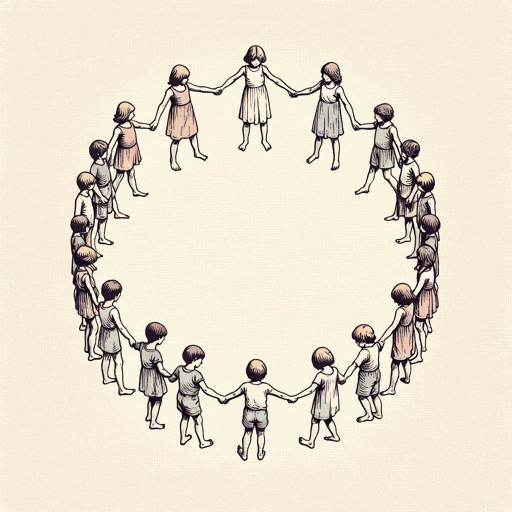45 pages • 1 hour read
Margaret AtwoodThe Edible Woman
Fiction | Novel | Adult | Published in 1969A modern alternative to SparkNotes and CliffsNotes, SuperSummary offers high-quality Study Guides with detailed chapter summaries and analysis of major themes, characters, and more.
Symbols & Motifs
Seymour Surveys’ Pension Plan
Marian has been an employee at Seymour Surveys for four months and is therefore required to sign papers to join the company’s pension plan. She goes into a “panic” about providing these signatures as it implies a lifetime of staying in the same office role. In this way, the company’s pension plan symbolizes the novel’s theme of Autonomy and Social Roles. The office virgins advise Marian to simply submit in a traditionally-expected feminine way, and that doing so will eventually lead to Marian accepting her role. When Marian becomes engaged to Peter, she removes herself from the pension plan, yet this retirement forces her to be fully financially dependent upon Peter, losing her autonomy. Therefore, Marian's pension plan, or lack thereof, symbolizes her conflict with finding a balance between her autonomy and her social role as a young woman in Western society.
Mirrors and Photography
Mirrors and photography as motifs of captured inner selves is first introduced by Duncan after he smashes his bathroom mirror and claims to prefer his “private” one that is less suspicious of his identity (150). This story significantly influences Marian’s associations of her reflection with an inner self that has been captured in a particular social role, gender role, or appearance.
Related Titles
By Margaret Atwood

Alias Grace
Margaret Atwood

Backdrop Addresses Cowboy
Margaret Atwood

Cat's Eye
Margaret Atwood

Death By Landscape
Margaret Atwood

Hag-Seed: William Shakespeare's The Tempest Retold
Margaret Atwood

Happy Endings
Margaret Atwood

Helen of Troy Does Countertop Dancing
Margaret Atwood

Lady Oracle
Margaret Atwood

Life Before Man
Margaret Atwood

MaddAddam
Margaret Atwood

Oryx and Crake
Margaret Atwood

Rape Fantasies
Margaret Atwood

Siren Song
Margaret Atwood

Stone Mattress
Margaret Atwood

Surfacing
Margaret Atwood

The Blind Assassin
Margaret Atwood

The Circle Game
Margaret Atwood

The Handmaid's Tale
Margaret Atwood

The Heart Goes Last
Margaret Atwood

The Landlady
Margaret Atwood

